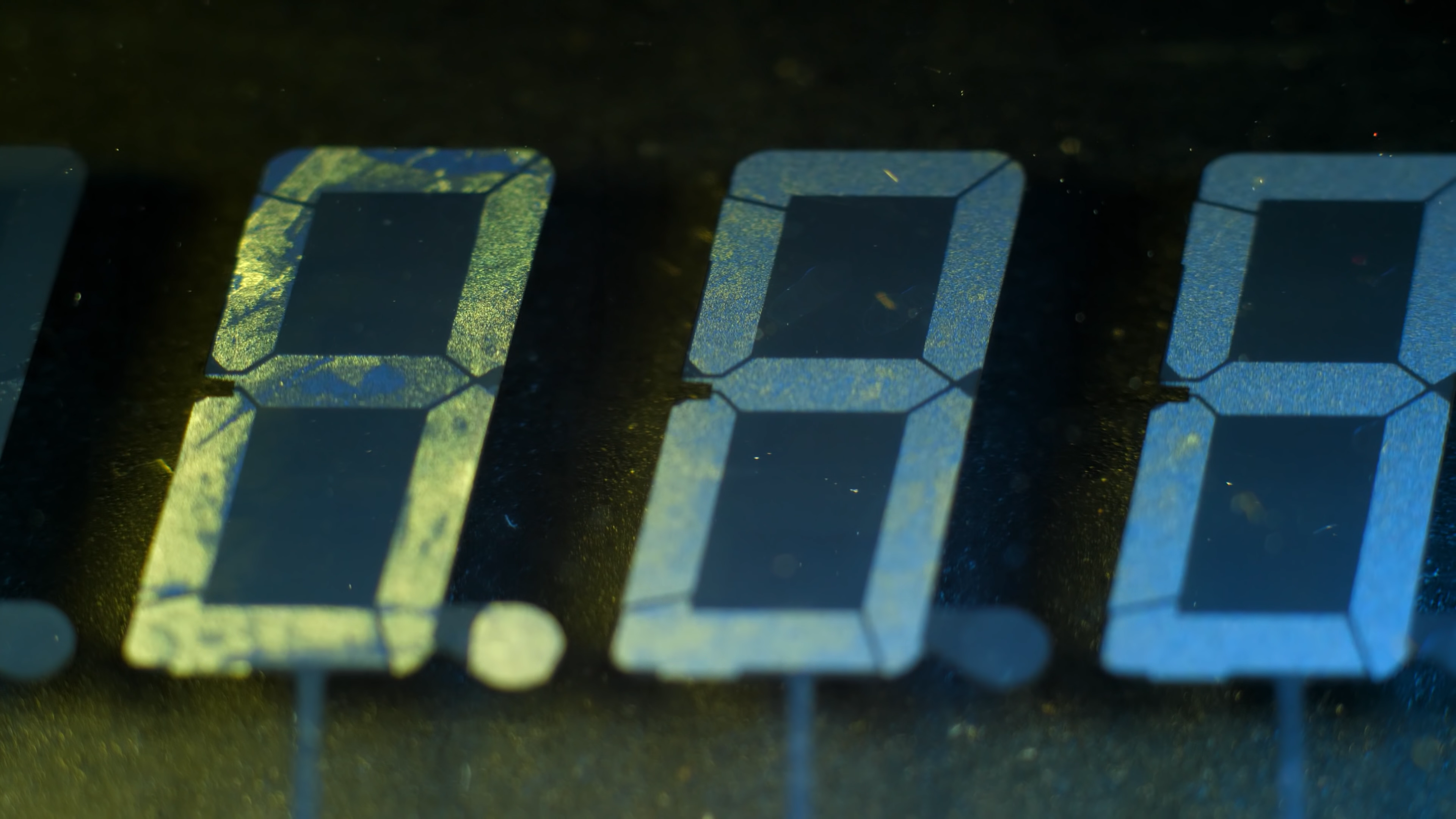The world around us is rather spectacular. It’s filled with things that may look ordinary for the naked eye but at close inspection can reveal an entirely new dimension.
Take liquid-crystal displays, for example.
No, not the one you’re looking at. The screen in which you’re reading this probably is a modern LCD panel made of billions of microscopic red, green and blue-coloured LEDs which are beautiful in and of themselves. I’m talking about its grand-grand-grand-grandmother, the one which shows these odd-looking, seven-segment digits.
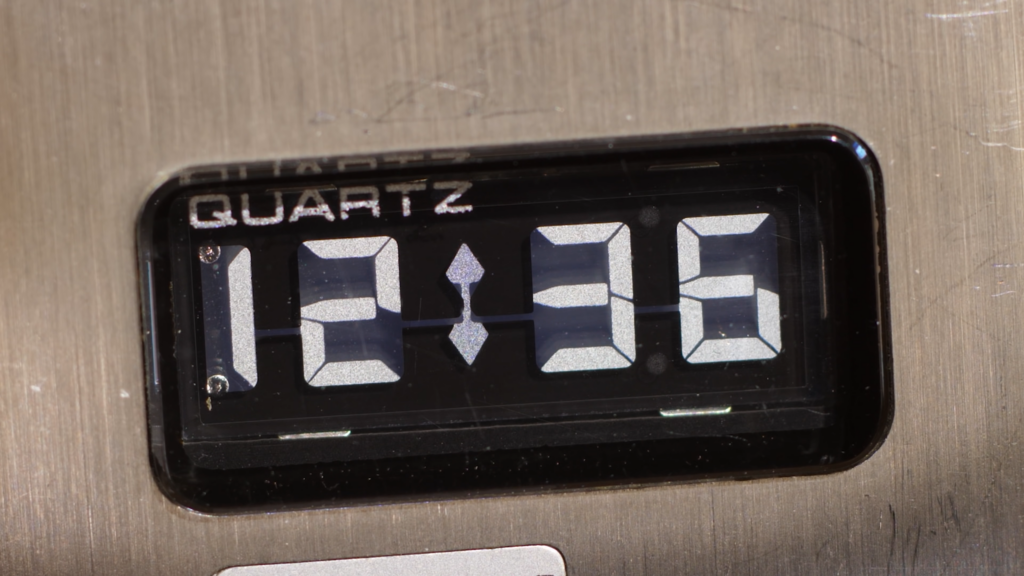
Like many computer technologies, LCDs were pioneered in the 60s. It got lighter and more efficient, sure, but its basic design and function didn’t change drastically through the years.
Its simple, elegant interface’s everywhere: on digital watches, microwave ovens, cameras, audio recorders, musical instruments, elevators, calculators, gym equipment, car dashboards, cellphones — old ones, remember? — and many others.
But one thing these old, primitive liquid-crystal displays possess it’s their peculiar optical properties. Something that’s not quite obvious to notice without a powerful macro lens and additional light sources.
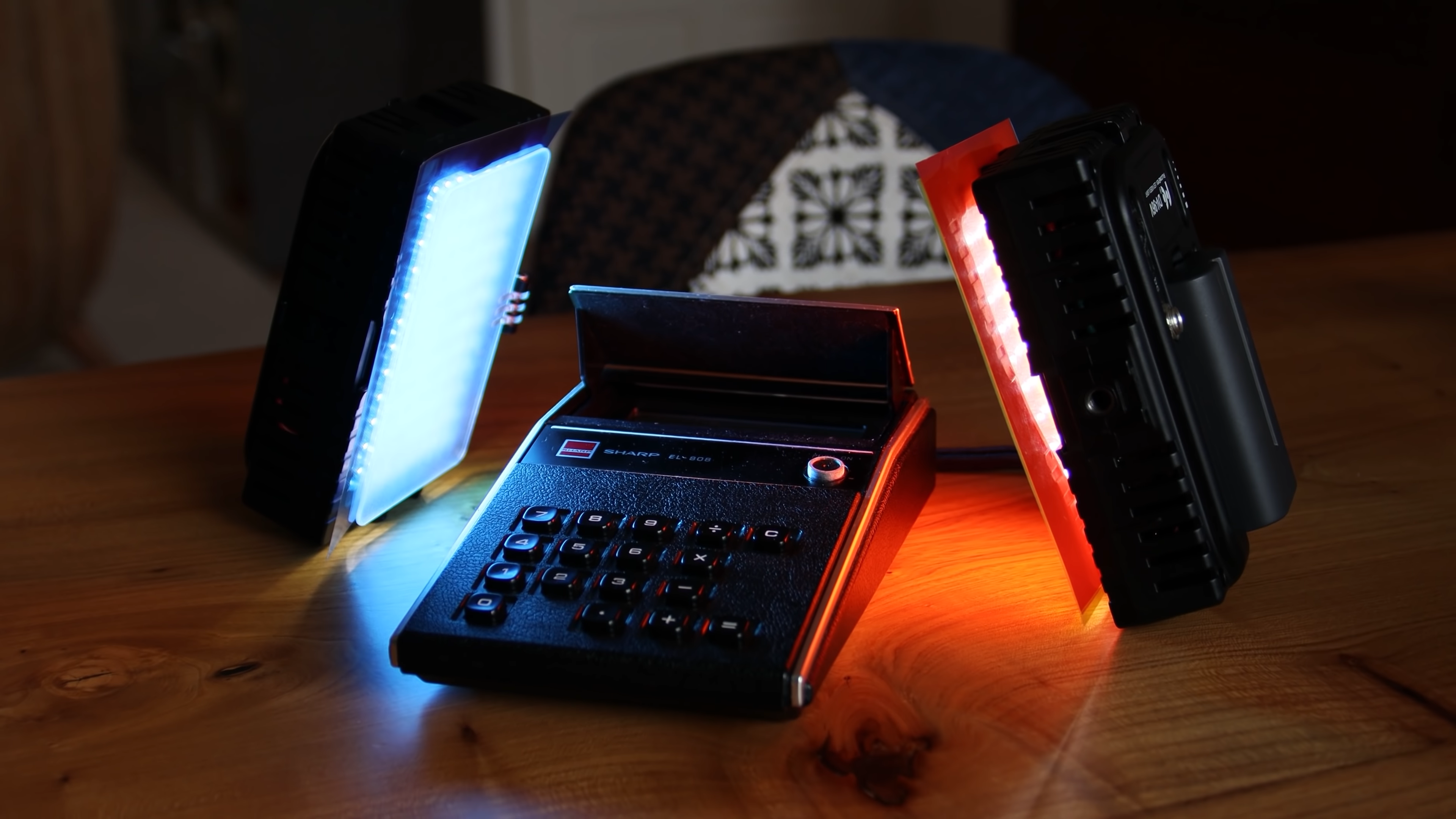
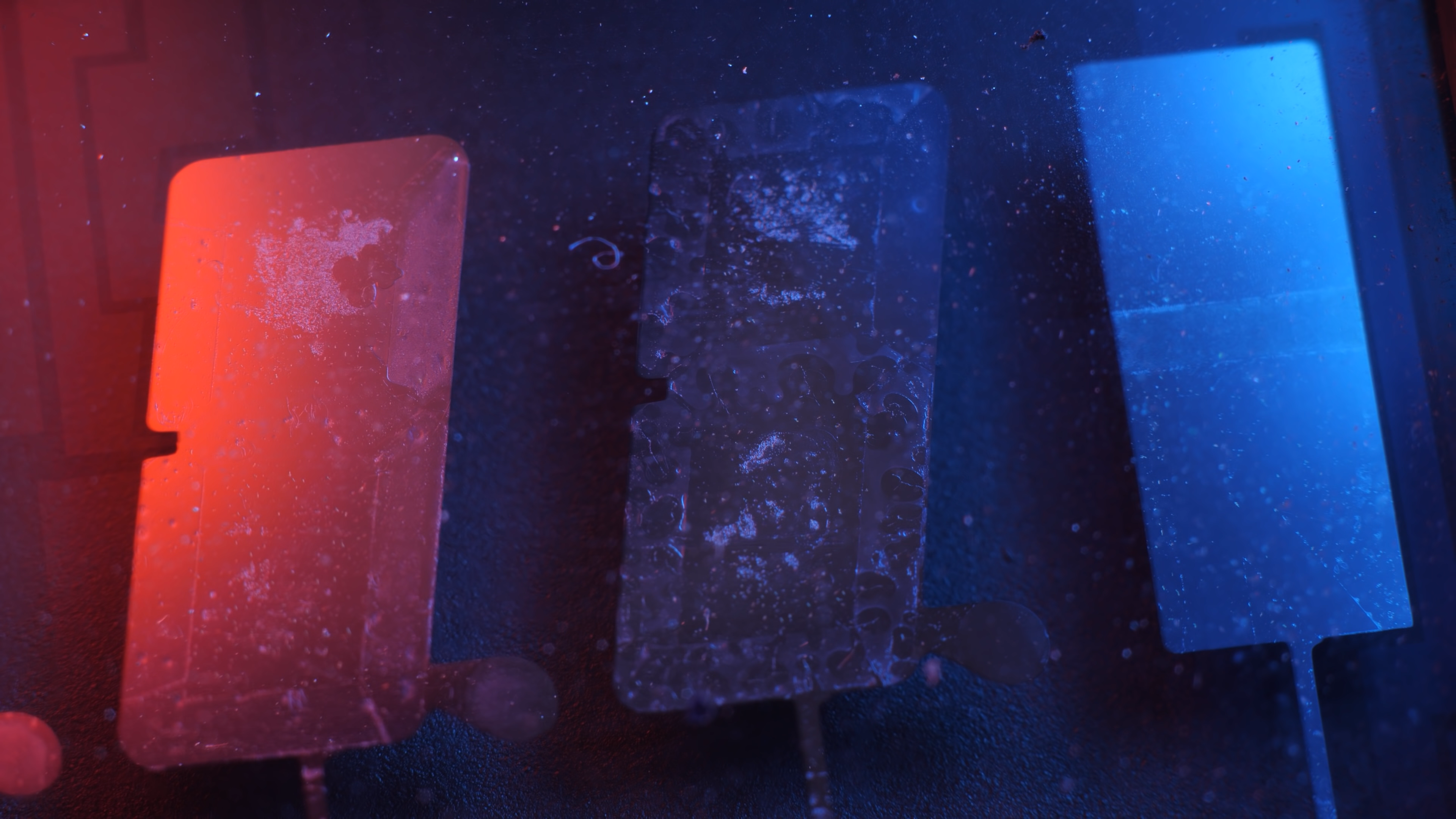

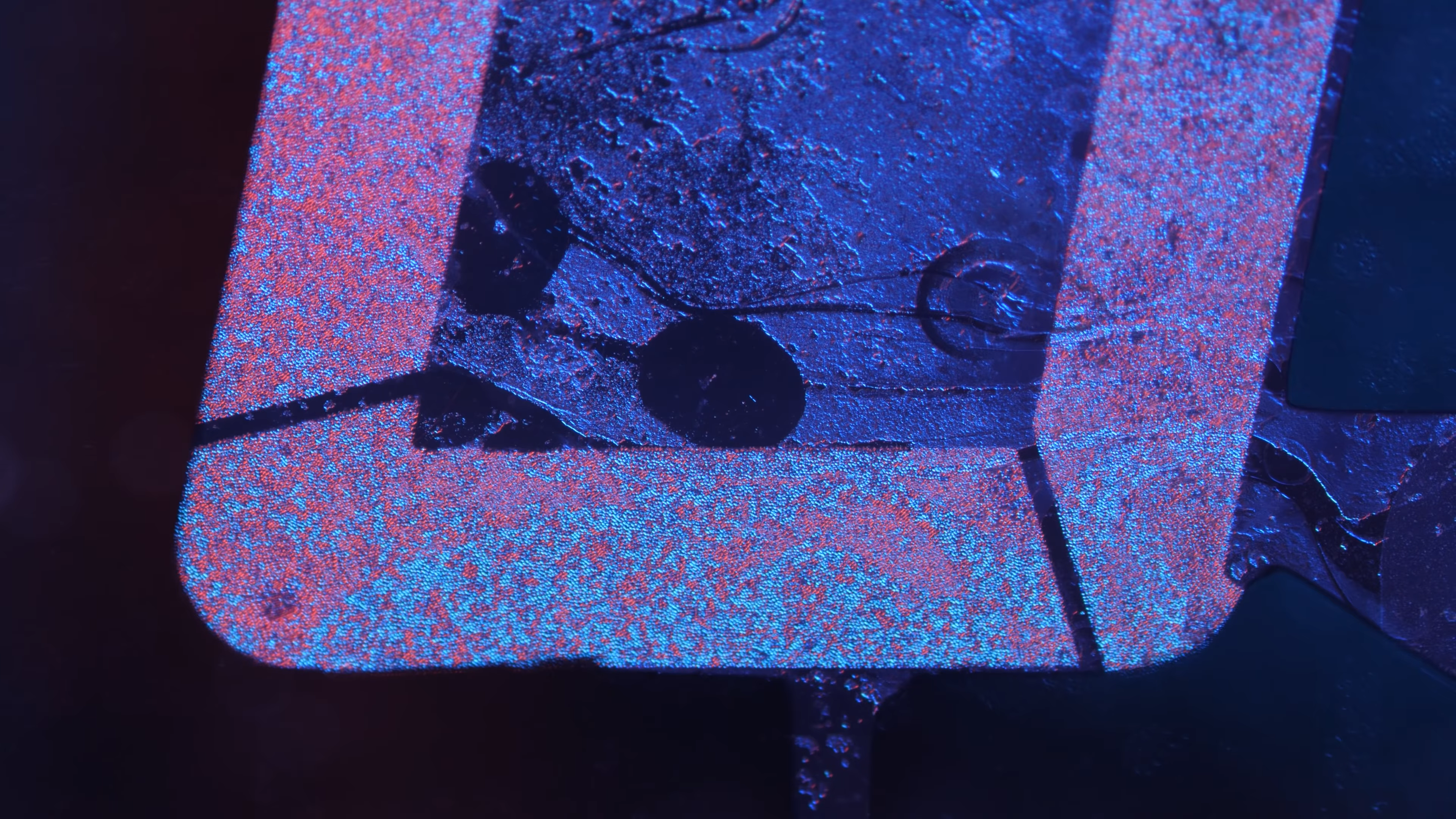
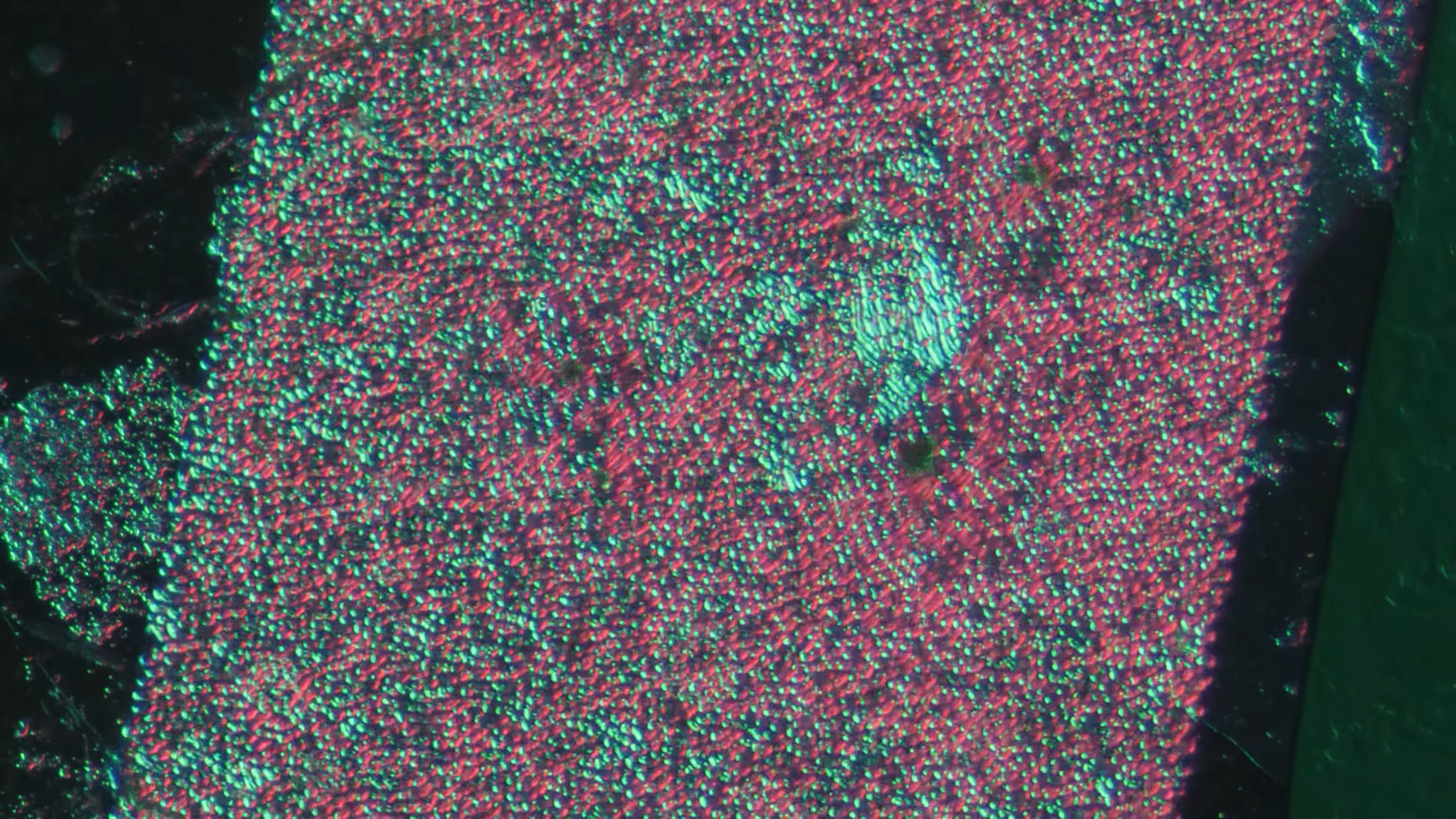
Check out this video (with headphones on) and be amazed:
If you don’t trip after this you probably have spent too much time in Amsterdam but hey, I’m not judging.
